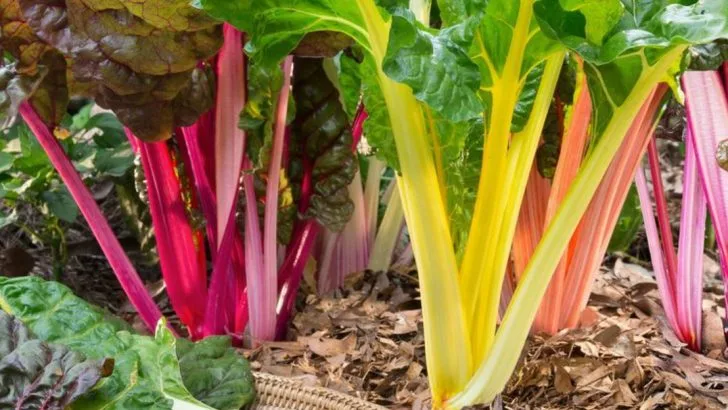When lettuce folds under the first heatwave, these greens laugh in the sun’s face! Wave goodbye to wilted romaine and soggy spring mix. Meet 14 leafy powerhouses built for blazing afternoons and thirsty soils. They stand tall, crisp, and wildly flavorful when every other salad base throws in the towel. Think Swiss chard flaunting jewel-toned stems that don’t blister. Imagine malabar spinach twirling vines like a vinegary tango—no bolting allowed. Picture New Zealand spinach soaking up rays without a flinch. These aren’t your wimpy lettuces. They’re survivors: kale armored with curly edges, mustard greens sparking peppery tang, and claytonia draped in succulent swirls. Even chicories and dandelion greens crash the crispy-party with bold bitterness and texture. Ready to swap limp leaves for summer-ready crunch? Grab your seeds, pick your favorites, and turn your garden into a green fortress that thrives—no shade required!
Swiss Chard
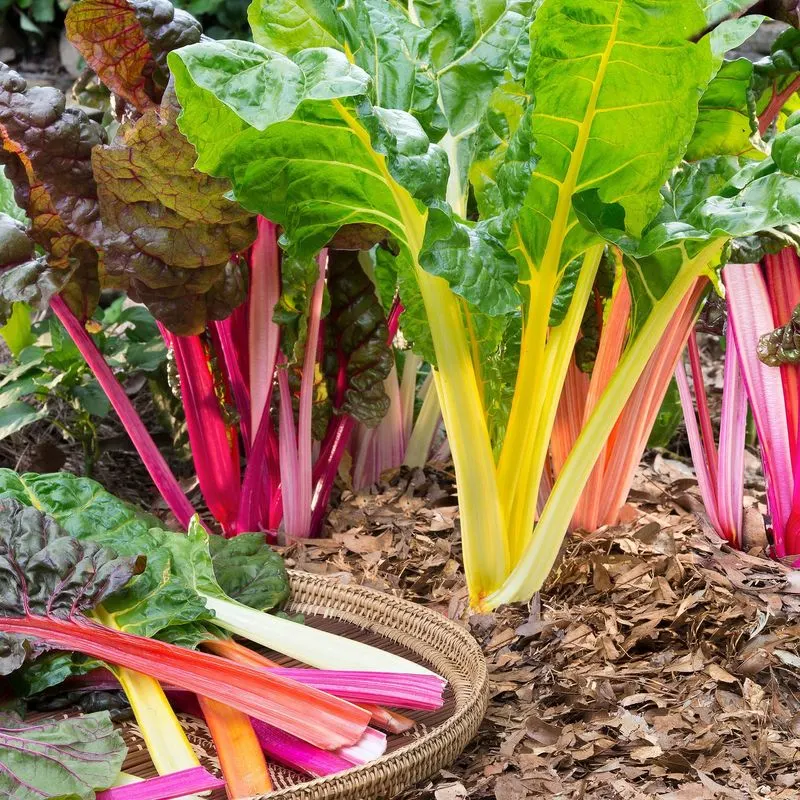
Swiss Chard is a vibrant green with striking stems in various shades of red, yellow, and white. Its robust leaves remain crisp even in high temperatures, making it an ideal choice for summer gardens.
Unlike lettuce, Swiss Chard doesn’t bolt easily under the scorching sun, allowing gardeners to enjoy continuous harvests. Its mild, slightly earthy flavor complements a variety of dishes, from salads to sautés.
Did you know? Swiss Chard is not actually Swiss; it was named by a Swiss botanist.
Kale
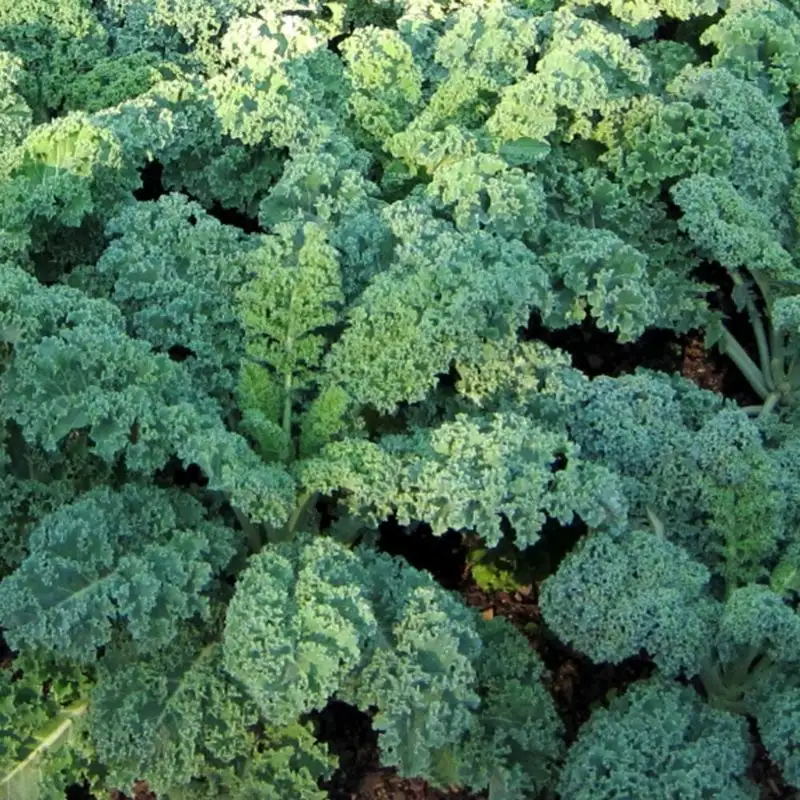
Kale, often hailed as a superfood, withstands the summer heat with remarkable endurance. Its curly leaves create a beautiful display, while offering a nutritious punch.
The robust texture of kale makes it perfect for salads, smoothies, and chips. It thrives even when temperatures rise, unlike its more delicate counterparts.
Kale’s origins trace back to the eastern Mediterranean, where it has been cultivated for over 2,000 years. Its resilience and versatility keep it a favorite among gardeners.
Collard Greens
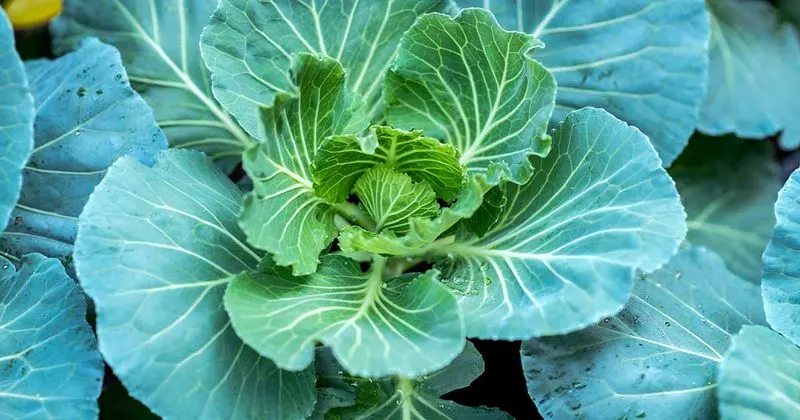
Collard greens bring a taste of the South to summer tables. Known for their large, sturdy leaves, they flourish in warm weather, offering a robust texture and slightly bitter flavor.
These greens are a staple in Southern cuisine, often boiled or sautéed. Their ability to thrive in summer heat ensures a steady supply, even when other greens falter.
Collard greens are rich in vitamins and minerals, making them a nutritious addition to any meal.
Mustard Greens

Mustard greens are known for their peppery bite and vibrant appearance. They rise to the occasion during the summer months, maintaining their vigor when lettuce succumbs to heat.
These greens add a spicy kick to salads and stir-fries, enhancing the flavor profile with their distinct taste. Mustard greens are packed with nutrients, providing a healthful boost.
Historically, mustard greens have been used in Asian cuisine for centuries, appreciated for both their flavor and resilience.
Spinach
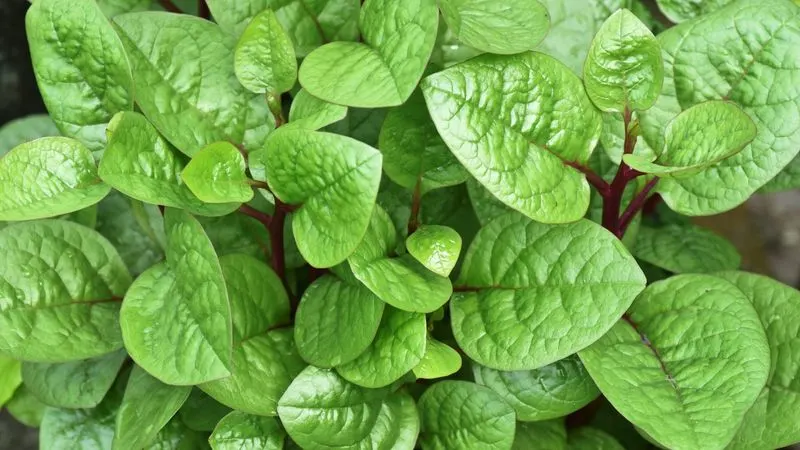
Spinach may seem delicate, but certain varieties are surprisingly heat-resistant. These summer-friendly types offer a lush, deep green addition to any garden.
Their tender leaves are perfect for fresh salads and cooked dishes alike. Spinach provides essential nutrients while braving the heat that causes other greens to wither.
Spinach has a rich history, originating from ancient Persia before spreading worldwide, loved for its versatility and nutritional value.
Arugula
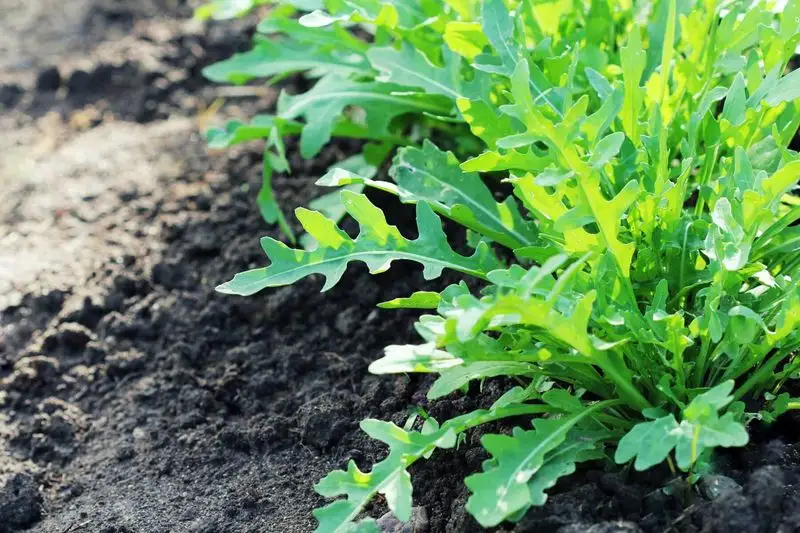
Arugula, with its peppery zest, thrives even as temperatures soar. This leafy green stands out with its distinct, spicy flavor, adding a punch to any dish.
Perfect for salads and sandwiches, arugula’s heat tolerance ensures it remains a garden favorite throughout the hotter months. Its slightly nutty undertone complements its peppery profile.
Arugula has been a culinary staple since Roman times, celebrated for its health benefits and robust growth.
Malabar Spinach

Malabar Spinach isn’t your typical spinach; this climbing vine flourishes in heat, offering succulent leaves and stems with a mild taste.
Ideal for salads and soups, its glossy leaves retain their texture even in blistering sun. The plant’s ornamental beauty adds to its appeal, making it a dual-purpose delight.
Native to tropical Asia, Malabar Spinach has gained popularity in gardens worldwide, thanks to its heat-loving nature.
New Zealand Spinach

Despite its name, New Zealand Spinach isn’t true spinach, but it fills the role beautifully in summer. Its small, triangular leaves are packed with flavor and nutrients.
This hardy plant loves the heat, providing continuous harvests throughout the season. It’s perfect for sautés and salads, offering a slightly salty taste.
New Zealand Spinach hails from the coastlines of New Zealand and Australia, where it naturally thrives in warm, sandy soils.
Amaranth
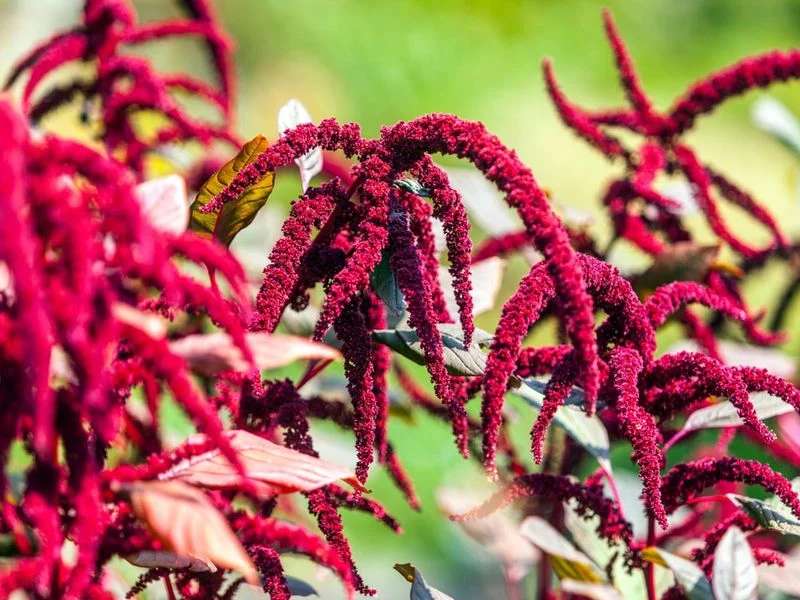
Amaranth, with its striking foliage, is more than just a pretty face. This heat-loving plant boasts leaves that are both nutritious and delicious.
Amaranth leaves can be used in a variety of dishes, providing a mild, slightly sweet taste. Its resilience in hot weather makes it an excellent choice for summer planting.
Historically, amaranth was a staple of the Aztec diet, revered for its versatility and nutritional value.
Purslane

Purslane may be humble in appearance, but its heat tolerance is impressive. This succulent-like green offers a refreshing, slightly tangy flavor.
Ideal for salads and garnishes, purslane thrives in hot, dry conditions where other greens struggle. Its fleshy leaves are rich in omega-3 fatty acids, making it a nutritious choice.
Purslane has been used in culinary traditions around the world, enjoyed for its unique taste and hardiness.
Sorrel

Sorrel is a tangy delight that prospers in the heat. Its arrow-shaped leaves offer a lemony zing, perfect for adding a burst of flavor to dishes.
This perennial green is easy to grow and maintain, providing continuous harvests even in summer. Sorrel’s unique taste complements fish, soups, and sauces beautifully.
Sorrel has been a culinary favorite for centuries, used in European and Middle Eastern cuisines for its refreshing acidity.
Mizuna
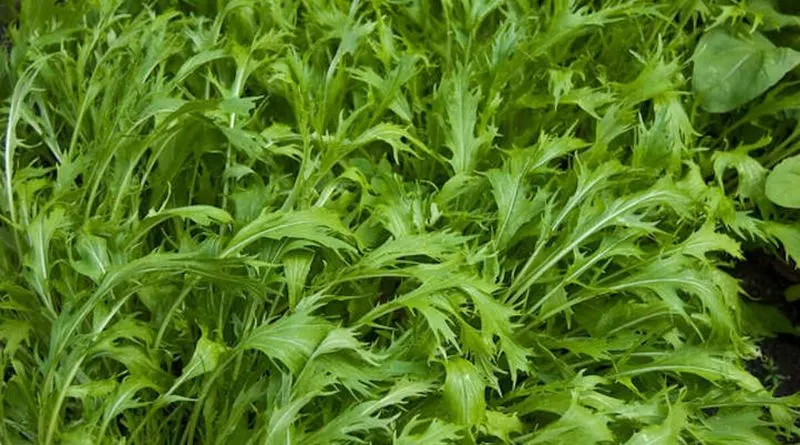
Mizuna stands out with its feathery leaves and mild, peppery flavor. This Japanese green is heat-tolerant, making it an excellent addition to summer gardens.
Used in salads and stir-fries, mizuna’s subtle taste allows it to complement a variety of dishes without overpowering them. Its resilience in hot weather is a gardener’s delight.
Mizuna has been a staple in Japanese cuisine for generations, appreciated for its versatility and gentle spice.
Beet Greens
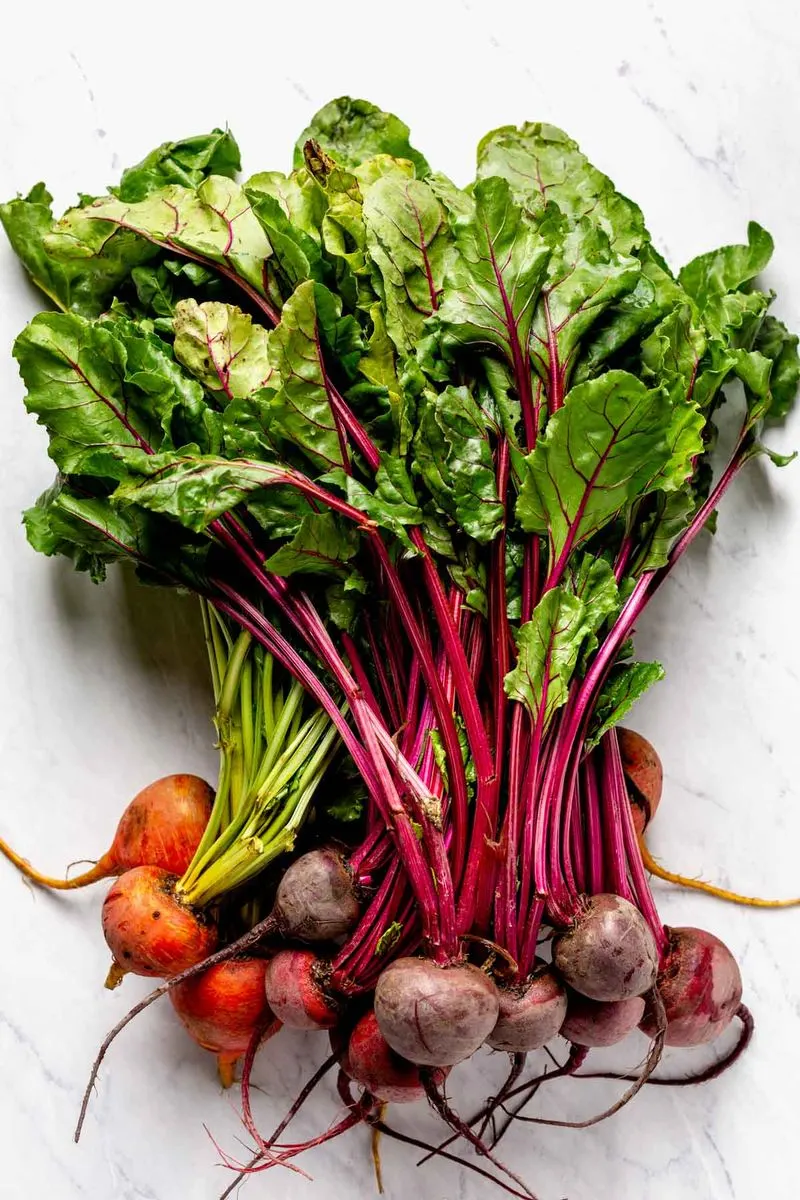
Beet greens, often overlooked, are a nutritious powerhouse. These vibrant leaves are remarkably heat-tolerant, surviving where others might not.
With a taste reminiscent of Swiss Chard, beet greens are perfect for sautés and salads. Their bold color adds visual appeal to any dish.
Beet greens have been enjoyed for centuries, especially in Eastern European cuisines, where both the roots and leaves are valued.
Orach
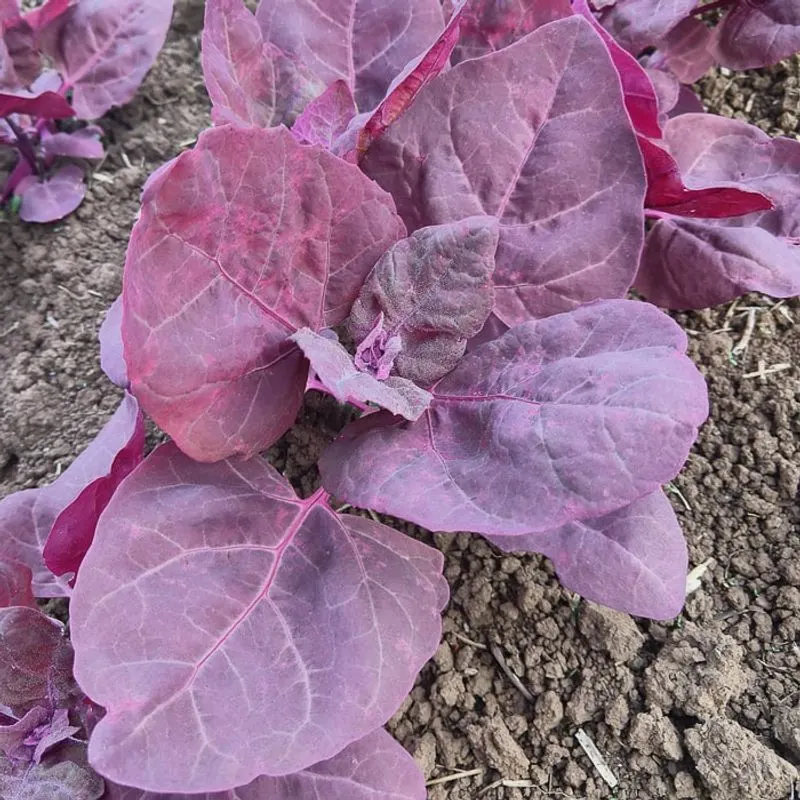
Orach, sometimes known as mountain spinach, is a striking alternative to traditional greens. Its colorful leaves range from green to deep purple, thriving in hot conditions.
Orach offers a mild flavor, suitable for salads and cooked dishes. Its ability to withstand heat makes it an excellent summer crop.
This ancient green was popular in medieval Europe, prized for its vibrant appearance and adaptability.

